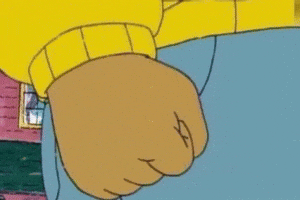
Differential protection against SARS-CoV-2 reinfection pre- and post-Omicron - Nature
Two distinct patterns in the protective effect of natural infection against reinfection in the Omicron variant versus pre-Omicron eras show that SARS-CoV-2 immune protection is shaped by dynamic interaction between host immunity and viral evolution.
The severe acute respiratory syndrome coronavirus 2 (SARS-CoV-2) has rapidly evolved over short timescales, leading to the emergence of more transmissible variants such as Alpha and Delta1,2,3. The arrival of the Omicron variant marked a major shift, introducing numerous extra mutations in the spike gene compared with earlier variants1,2. These evolutionary changes have raised concerns regarding their potential impact on immune evasion, disease severity and the effectiveness of vaccines and treatments1,3. In this epidemiological study, we identified two distinct patterns in the protective effect of natural infection against reinfection in the Omicron versus pre-Omicron eras. Before Omicron, natural infection provided strong and durable protection against reinfection, with minimal waning over time. However, during the Omicron era, protection was robust only for those recently infected, declining rapidly over time and diminishing within a year. These results demonstrate that SARS-CoV-2 immune protection is shaped by a dynamic interaction between host immunity and viral evolution, leading to contrasting reinfection patterns before and after Omicron’s first wave. This shift in patterns suggests a change in evolutionary pressures, with intrinsic transmissibility driving adaptation pre-Omicron and immune escape becoming dominant post-Omicron, underscoring the need for periodic vaccine updates to sustain immunity.
...
In conclusion, a stark contrast is found in the protective effect of natural infection against SARS-CoV-2 reinfection between the pre-Omicron and Omicron eras. Before Omicron emergence, natural infection provided robust and enduring protection against reinfection. However, during the Omicron era, this protection was strong only among recently infected individuals, rapidly declining and diminishing within 1 year. These contrasting patterns may suggest differing evolutionary pressures acting on the virus. In the pre-Omicron era, intrinsic transmissibility drove viral adaptation, whereas the widespread immunity acquired by the end of the first Omicron wave shifted the evolutionary pressure towards immune escape. This highlights the dynamic interplay between viral evolution and host immunity, necessitating continued monitoring of the virus and its evolution, as well as periodic updates of SARS-CoV-2 vaccines to restore immunity and counter continuing viral immune evasion.
